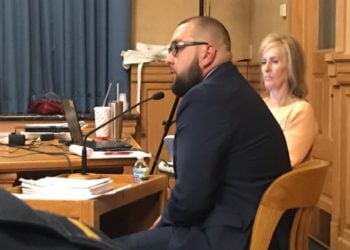MILWAUKEE – On April 4th, The Universities of Wisconsin Board of Regents approved a 3.75% tuition increase for undergraduate students that will begin at the start of the 2024-25 school year. This is the second year in a row that the UW has approved a tuition increase after freezing the price for 10 years.
UW’s President Jay Rothman said the goal of the increase is not to boost profits, but just to stay “at the waterline”.
“In terms of this increase, since it is comparable to inflation, all it is doing…. is keeping us on par,” President Rothman said. “It’s not allowing us to advance.”
From a bird’s-eye-view, the tuition hike is expected to generate $39 million dollars a year. The rate increase will vary by university. Students at the flagship UW-Madison will see a $262 increase. There will be a $317 increase at UW-Milwaukee. Tuition will rise between $255 to nearly $400 at the UW’s 11 other branch universities.
This could present an issue for students who already struggle to pay the bills associated with college. All-In-Milwaukee is an organization that advocates for ‘high-potential, limited-income, diverse Milwaukee students’. All In Milwaukee Executive Director Allison Wagner said this could be an issue if the state and federal government don’t follow suit.
“I just hope we’ll continue to see the Pell Grant and state aid increase so that this does not become a barrier for limited-income students,” Wagner said.
Pell Grants are awarded to students with significant financial need who are working toward a bachelor’s degree. Unlike other loans, students do not have to pay them back.
Wagner went on to say if governmental aid does increase, Wisconsin’s workforce will receive a critical boost: “We know from the MMAC (Metropolitan Milwaukee Association of Commerce) that there are 33,000 jobs in Southeastern Wisconsin today that require a bachelor’s degree.”
According to Wagner, All In Milwaukee supports nearly 600 students in the area. Of that group, 88% of them have zero student debt.
When the tuition increase is implemented, out-of-state students will see in increase in the price. Student fees will go up by $74 dollars on average.










